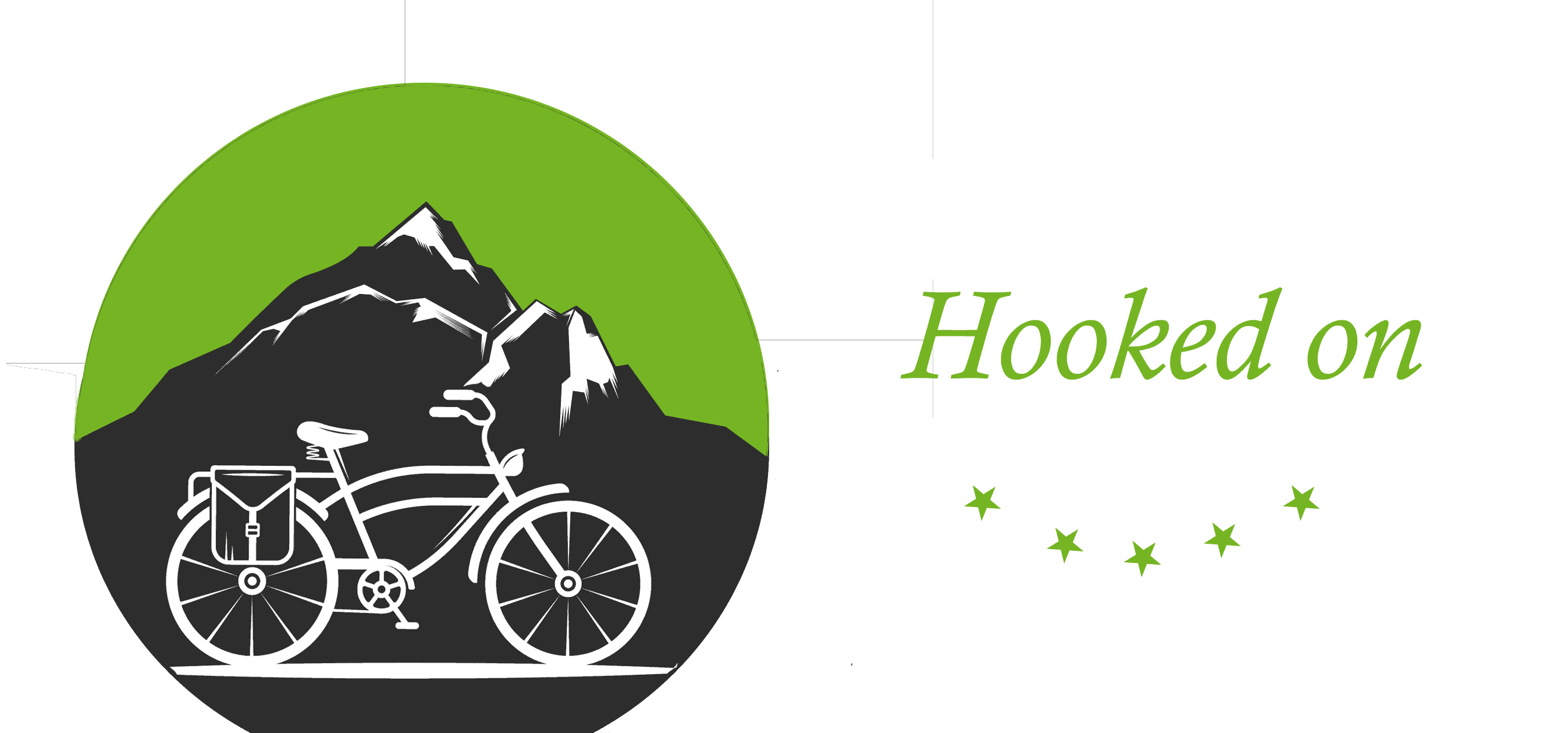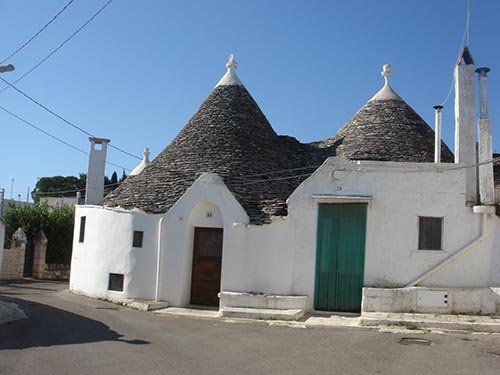- Destinations
- Hiking Tours
- Walking in Austria
- Walking in the Channel Islands
- Walking in Croatia
- Walking in England
- Walking in Finland
- Walking in France
- Walking in Germany
- Walking in Greece
- Walking in Italy
- Walking in Portugal
- Walking in Romania
- Walking in Scotland
- Walking in Slovenia
- Walking in Spain
- Walking in Switzerland
- Walking in Wales
- Biking Tours
- Cycling Holidays in Austria
- Cycling Holidays In Belgium
- Cycling Holidays in the Channel Islands
- Cycling Holidays in Croatia
- Cycling Holidays in Czech Republic
- Cycling Holidays in Denmark
- Cycling Holidays in England
- Cycling Holidays in Finland
- Cycling Holidays in France
- Cycling Holiday in Germany
- Cycling Holidays in Greece
- Cycling Holidays in Holland
- Ireland Cycling Holidays
- Cycling Holidays in Italy
- Cycling Holidays in Poland
- Cycling Holidays in Portugal
- Cycling Holidays in Romania
- Cycling Holidays in Scotland
- Slovenia Cycling Holidays
- Cycling Holidays in Spain
- Cycling Holidays in Sweden
- Cycling Holidays in Switzerland
- Cycling Holidays in Wales
- Popular Destinations
- Hiking Tours
- Activity
- Trip Search
- Useful Info
- Book With Us
- Contact

